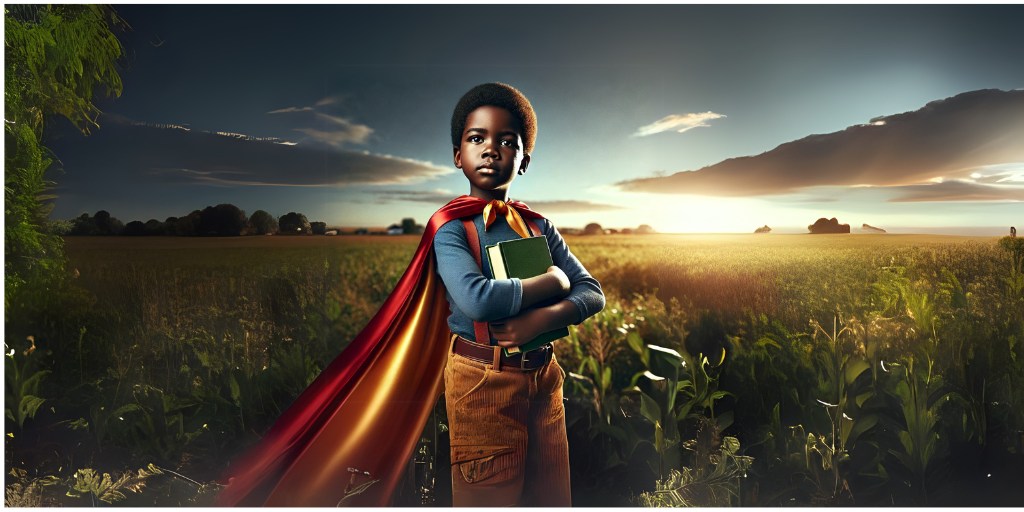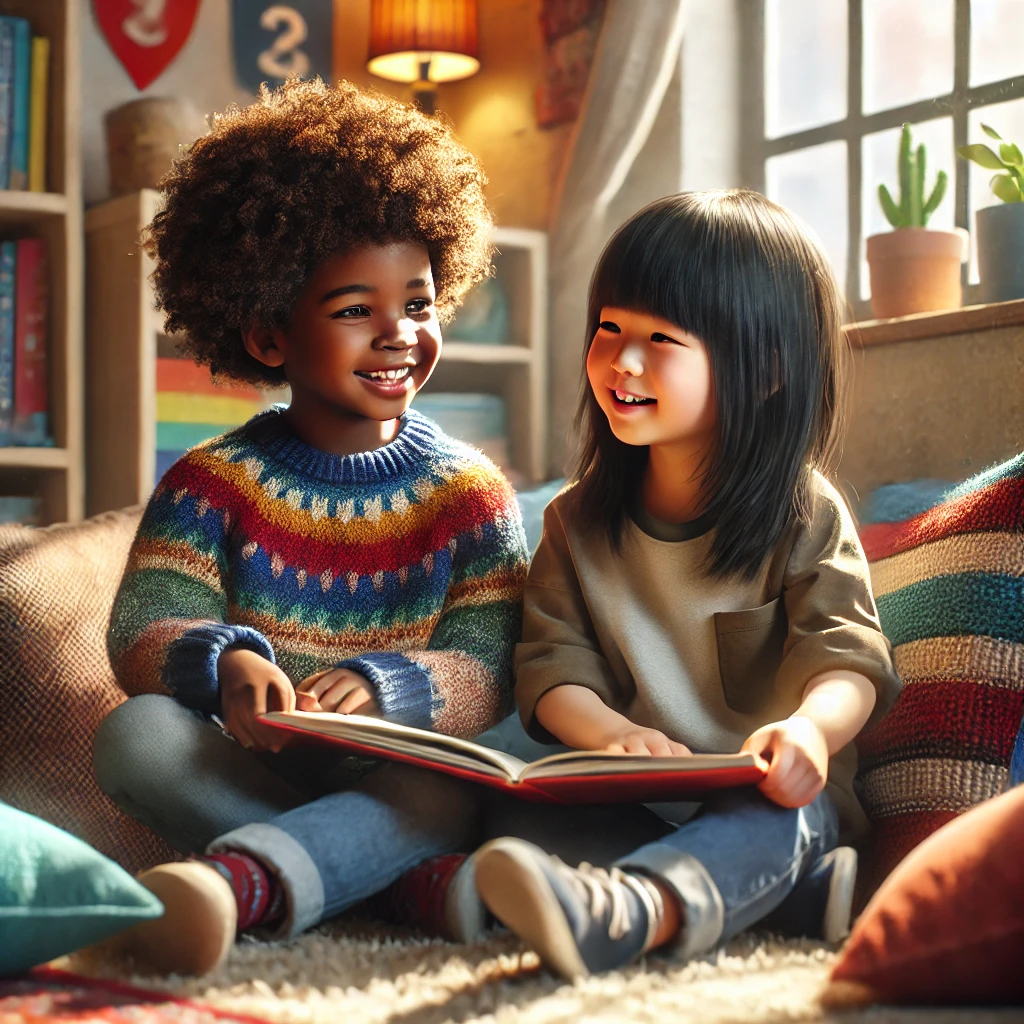Boosting Kids' Confidence with Stories
Why Kids Struggle to Talk About "Big Emotions"?
Big Emotions are universal, but for many of us, articulating it can be difficult, this is especially true for children. Young minds often struggle with big feelings they don't yet have the tools to vocalize. This often leads to frustration or deflection, as they shy away from facing their fears. Further, societal pressures or the constant reinforcement of what "being good" means may cause kids to internalize their worries, believing that acknowledging fear is a sign of stepping out of line. By understanding these dynamics, we can better support children in processing and overcoming their anxieties.
The Science Behind Stories: How Stories Activate the Brain's Empathy Centers
Stories have been a key teaching method for thousands of years. They are more than just entertainment; they are a gateway to human emotional connections. Neuroscience studies reveal that storytelling activates the brain's empathy centers, such as the anterior cingulate cortex and the insula. These regions help listeners step into the shoes of the characters and their experiences. When kids hear or create stories, they see their own emotions mirrored and understood, which normalizes their fears and fosters understanding of others. This process not only builds emotional resilience and creates empathy, but also strengthens neural pathways associated with problem-solving and social bonding.
Stories work because they offer a safe and imaginative space for children to explore difficult emotions and situations. Unlike direct conversations, which may feel intimidating, especially when it's difficult to find the words to express your emotions, stories allow kids to project their feelings onto fictional characters. This distance helps them process complex emotions without feeling overwhelmed or misunderstood. Stories also build the foundation of problem-solving, showcasing characters who overcome challenges, which teaches kids to face their fears and overcome tough situations. At its core, storytelling is empowering, it shows children that every challenge has a resolution, and big emotions are normal.
Simple Steps to Help: Identify Big Emotion, Build a Story, Reflect Together
1. Identify Fear: Gently asking open-ended questions regularly. Ask about their schoolwork, social dynamics, and relationships with caretakers (Teachers, Babysitters, etc.). I personally like to do this during drives home or mealtimes. We make it a habit, so kids are used to share their day. This step builds trust and gives kids the space to voice their concerns.
2. Build a Story: Once the "big emotion(s)" or situation has been acknowledged, co-create a story that mirrors the situation. For example, if your child is afraid of the dark, you might craft a tale about a similar character who discovers magical treasures hidden in dreams. Incorporate elements, plots and characters that resonate with your child and offer a relatable resolution.
StoryMii makes this step easier by helping kids and families craft custom stories tailored to a child’s unique needs. The platform weave engaging narratives with relatable characters and themes, along with fun and robust images, making it simple and fun to provide meaningful support.
3. Reflect Together: After reading your creation, take time to discuss it. Ask your child questions like, “How do you think the character felt?” or “What would you do if that was you?” This type of reflection helps children connect the story to their own life and experiences, while reinforcing problem-solving skills.
Building Confidence, One Story at a Time
Stories are a powerful tool to help kids navigate big emotions and build confidence. With platforms like StoryMii, parents, caregivers, and kids alike can create personalized narratives that resonate with each individual child, empowering them to face challenges and process their feelings. By identifying these big feelings, crafting relatable stories, and reflecting together, we can guide our kids toward an emotional strong, and more confident future.


